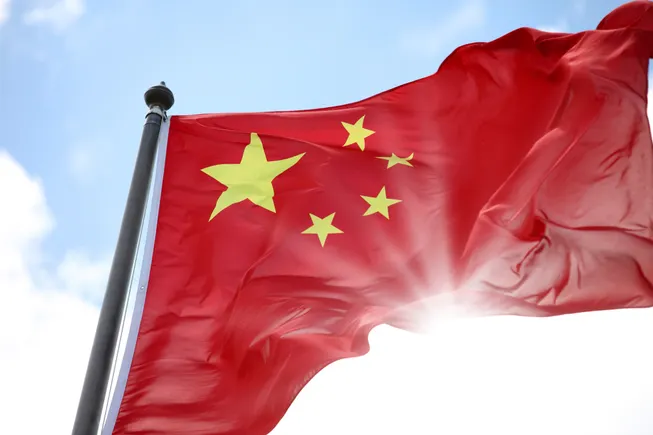China’s Rise in the Global Oncology Market
China has rapidly emerged as a global force in oncology, making significant contributions to the cancer pipeline with next-generation immunotherapies. One standout candidate from China, ivonescimab, developed by Akeso and licensed by Summit Therapeutics, is poised to rival Merck & Co.’s blockbuster drug Keytruda.
According to Mark Lansdell, director of custom intelligence at Citeline, Chinese drugs account for a significant share of antibody-drug conjugates, bispecific monoclonal antibodies, and CAR-T therapies in development. Western drugmakers have taken notice of China’s advances, leading to a surge in dealmaking between Chinese and Big Pharma companies. Approximately 30% of molecules in-licensed by Big Pharma in 2023 and 2024 originated from China, marking a significant increase from previous years.
The upcoming U.S. trial results for ivonescimab could be a pivotal moment for China’s trajectory in oncology. This bispecific antibody targets both PD-1 and VEGF, showing promising results in a head-to-head phase 3 trial for non-small cell lung cancer in China. It outperformed Keytruda in terms of progression-free survival, sparking interest in the potential of Chinese-developed drugs.
Keytruda, a PD-1 inhibitor, has set new standards in cancer treatment, and if U.S. trials confirm the results seen in Chinese trials, it could boost China’s oncology efforts significantly. This has led to a flurry of deals as companies seek to license their own checkpoint inhibitors targeting VEGF.
Chinese firms have transitioned from their earlier role as support staff for Western pharma companies to becoming innovators in drug discovery. While most Chinese companies are currently focused on improving existing drug approaches, there is anticipation that they will explore novel biology and new disease-targeting methods in the future.
The value of licensing drugs from China is increasingly recognized by U.S. companies, as Chinese trials are cost-effective and have faster enrollment rates. China’s drug regulator follows internationally standardized clinical trial practices, providing confidence to pharma companies looking to strike deals based on Chinese trial data.
Looking ahead, Chinese companies without a global commercial footprint have an incentive to make deals with Western partners to break into the global market. While there was anticipation of further acceleration in dealmaking with Chinese companies, the data shows a steady momentum. It remains to be seen whether Chinese drug developers will continue to focus on Western markets or pivot towards the domestic market.
Overall, China’s rapid growth in the global oncology market is reshaping the landscape of cancer treatment, with promising candidates like ivonescimab leading the way towards a new era of Chinese innovation in oncology. As China continues to establish itself as a key player in the biotechnology industry, questions arise about the country’s future trajectory. One of the key concerns is whether China will transition from simply out-licensing to Western companies to innovating on the biology side.
The excitement surrounding China’s ability to out-license to Western companies may dampen over time as the market reaches a saturation point. This raises the question of what steps China will take next in order to maintain its position in the biotechnology sector.
According to industry experts, such as Lansdell, the key question is whether China will begin to innovate on the biology side. This shift would mark a significant turning point for the country’s biotechnology industry and could potentially have far-reaching implications.
The timeline for when China may begin to innovate on the biology side remains uncertain. It is a complex process that may take time to develop and implement effectively. However, once China does start to innovate in this area, the impact on the global biotechnology market could be substantial.
As China transitions from out-licensing to Western companies to innovating on the biology side, it will be interesting to see how this shift affects the industry as a whole. Will China be able to compete with established Western biotechnology companies? How will this impact the overall landscape of the biotechnology sector?
These are just a few of the questions that remain unanswered as China continues to make strides in the biotechnology industry. As the country moves forward, it will be important to monitor its progress and assess the potential implications for the global biotechnology market.


